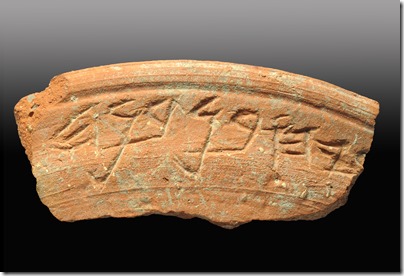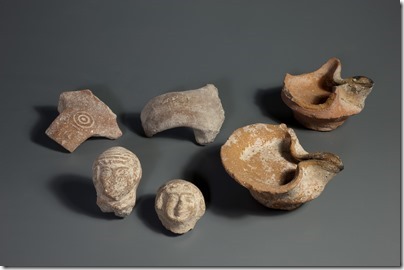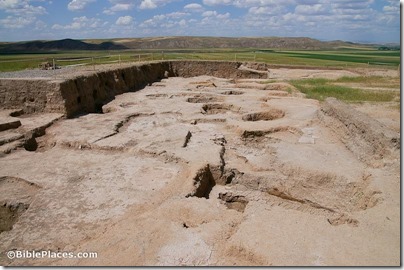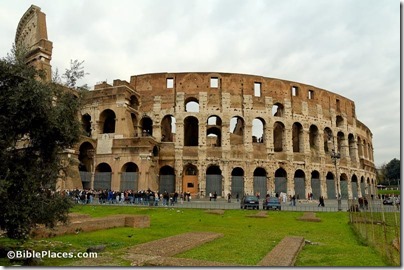Today a river separates Israel from Jordan leading many to assume that the east side includes little of interest to biblical studies. In ancient times, Israel lived on both sides of the river and many biblical characters traveled in what is now the country of Jordan, including David, Jacob, Ruth, Jephthah, Elijah, John the Baptist, and Jesus.
The best study program in Jordan is that led by Dr. Ginger Caessens. I participated in the course ten years ago and I learned a lot. I highly recommend it.
The course is entitled Historical Geography of the Bible II, Jordan, and it is offered through the University of the Holy Land. I believe that you have the option of taking it for graduate credit or for pleasure. The cost is very reasonable: $2,200 for two weeks with full board sharing a double room.
All of the information, including a detailed itinerary, is available at the UHL website.




